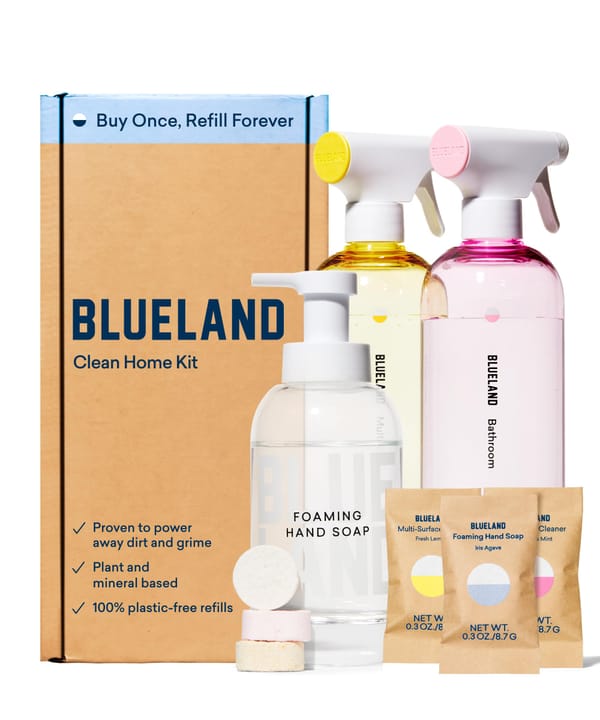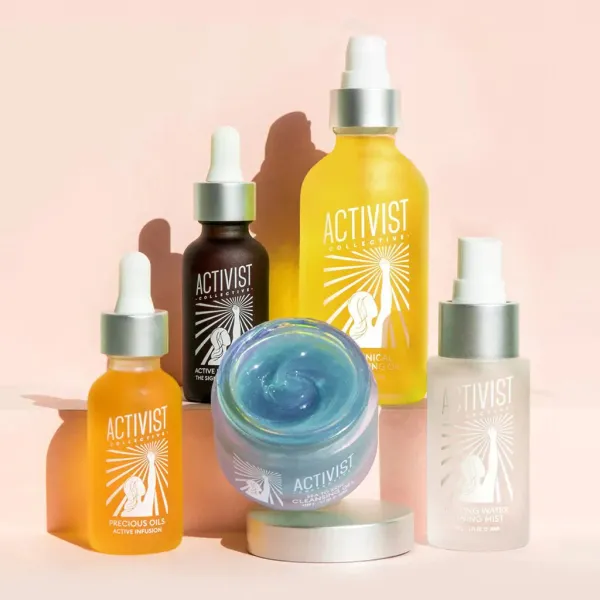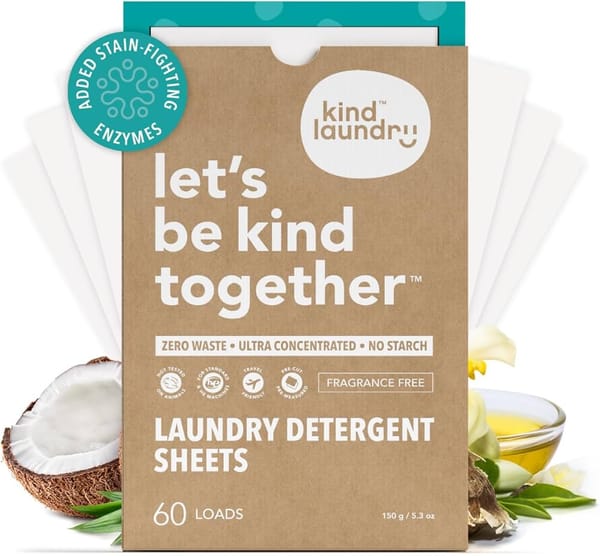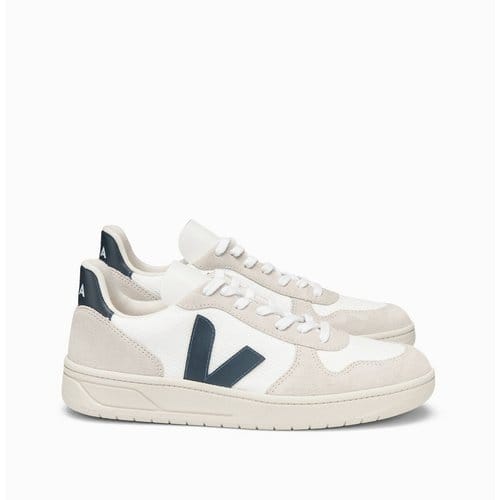A Model for Sustainable Luxury: How Kering Is Redefining Luxury Through Water Stewardship
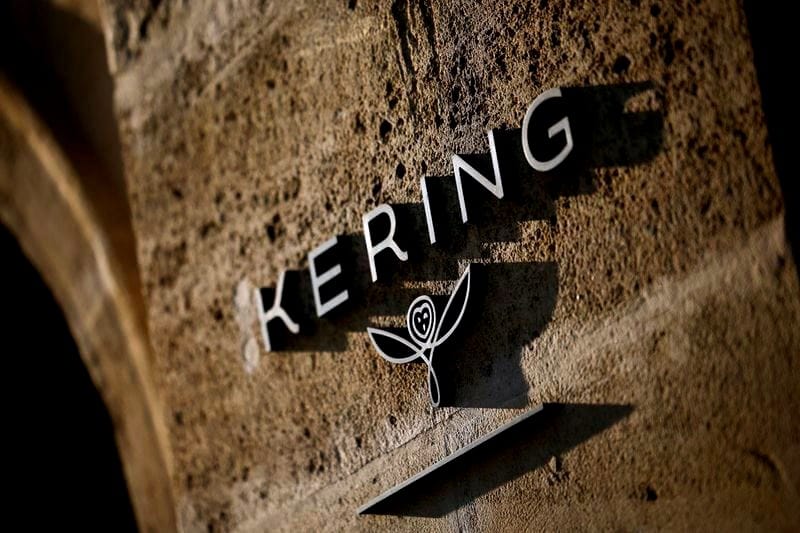
In the heart of Tuscany’s Arno Basin where leather tanneries hum and luxury goods quietly take shape, something transformational is unfolding. Not a new line of designer handbags or a glitzy campaign shoot, but a subtler, far more ambitious vision: Kering, the luxury powerhouse behind Gucci, Saint Laurent, and Bottega Veneta, is trying to give more water back to the planet than it takes.
Initially, water may not seem like the next frontier of sustainable luxury. But peer behind the curtain of high fashion, and you’ll see just how much this invisible resource flows through every stitch, dye, and thread. From cotton fields in India to leather processing facilities in Italy, the fashion industry is thirsty. And as climate pressures intensify and freshwater ecosystems face unprecedented strain, Kering is stepping into uncharted territory with a bold promise, to become water positive by 2050.
But what does that mean, really?
Beyond Optics: A Net-Positive Water Commitment
“Water is life—but it’s also local,” says Marie-Claire Daveu, Kering’s Chief Sustainability and Institutional Affairs Officer, in a recent interview with Vouge Business. “You can’t approach it like carbon, where one offset can balance another across the globe. Water demands precision. It demands context.”
This recognition forms the philosophical core of Kering’s water strategy, a roadmap unlike anything the luxury world has seen before. It's not about performative greenwashing or vague sustainability pledges. Kering is drawing on science, engaging with on-the-ground communities, and reengineering its supply chain to achieve something audacious: to restore, protect, and enhance water systems in the very places where fashion takes root.
This is no small feat in an industry long criticized for its environmental excesses.
Three Currents: The Framework for Change
The strategy is grounded in three currents, regenerative agriculture, local watershed action, and supplier-focused stewardship. Each is designed not only to reduce water use, but to reverse the damage already done.
1. Regenerative Agriculture: Healing from the Ground Up
Regenerative agriculture isn’t just a buzzword for Kering, it’s a linchpin. With over 60% of the company's environmental impact linked to raw material production, changing how those materials are grown is non-negotiable.
Through its Regenerative Fund for Nature (a joint initiative with Conservation International), Kering is funnelling capital and expertise into transitioning one million hectares of farmland to regenerative practices by 2025. These practices, think cover cropping, minimal tillage, composting help rebuild soil health, which in turn retains more water. It’s nature’s own sponge.
Gucci’s cashmere and wool? Likely to come from landscapes that now host more insects, trap more carbon, and most importantly, hold more water.
2. Water Resilience Labs: Solutions Start Locally
While global declarations grab headlines, it’s Kering’s hyperlocal strategy that’s turning heads in the sustainability world. The company has committed to establishing Water Resilience Labs in 10 water-stressed basins worldwide that support its supply chain and face acute freshwater challenges.
From Peru to Türkiye, and from Mongolia to Tuscany, these labs are where the work gets real. Kering isn’t sending in consultants with clipboards it’s co-designing solutions with farmers, suppliers, scientists, and local leaders. Whether it’s restoring wetlands, cleaning polluted rivers, or building better irrigation systems, each lab will be tailored to the unique ecological and cultural context of its region.
These are the kinds of projects that don’t just reduce corporate impact, they create a positive feedback loop between luxury and livelihood.
3. Supply Chain Stewardship: Transforming Industry Norms
Leather tanning. Textile dyeing. Manufacturing. The silent, water-intensive giants of the fashion world. Kering is addressing them head-on by rolling out robust water stewardship programs across its supplier network.
Unlike traditional supplier audits, these programs are collaborative. Suppliers are being trained to use less water, reduce effluent discharge, and implement closed-loop systems. In some cases, Kering is helping foot the bill to bring them up to best-in-class standards.
In the Arno Basin, where Kering’s tanning suppliers are concentrated, the company has committed to reducing water withdrawal by 21% by 2030, an aggressive, science-backed target verified by the Science Based Targets Network (SBTN).
This isn’t just about metrics, it’s about moral momentum.
Leading the Industry or Rewriting It?
With this water strategy, Kering isn’t just trying to clean up its own footprint. It’s laying down a blueprint that others can follow.
And some already are.
In a striking show of cross-competitor collaboration, Inditex, the fast-fashion giant behind Zara, has invested €15 million into Kering’s Regenerative Fund for Nature. In the cutthroat world of fashion, that kind of partnership is almost unheard of. It signals that what Kering is building may be bigger than any one brand or house.
There’s a quiet humility in how Kering talks about its strategy. You won’t find flashy water-themed runway shows or dramatic ad campaigns. But the scale and seriousness of the commitment speak volumes.
The Long View: A New Ethos for Luxury
Sustainability in fashion has often felt reactive, driven by headlines and public pressure. But Kering’s water strategy suggests something deeper, a shift toward leadership grounded in science, not spin.
Of course, challenges remain. How will Kering navigate water governance in politically sensitive regions? Can it maintain transparency across far-flung suppliers? Will its customers care about watershed health in South America when buying a $2,000 handbag?
Those are open questions. But one thing is clear: Kering isn’t just trying to do less harm. It’s trying to do better.
And in a world where freshwater is becoming as precious as gold, that may be the most luxurious move of all.
